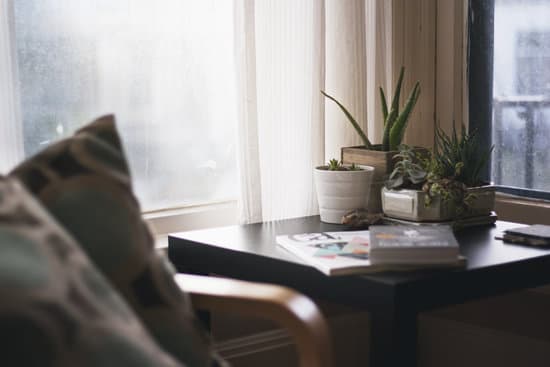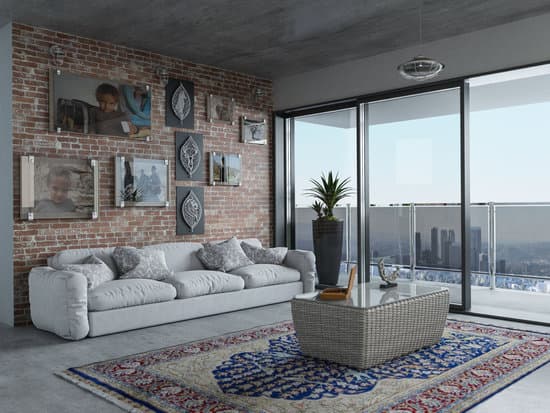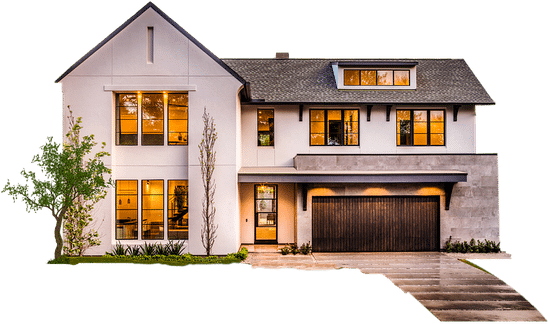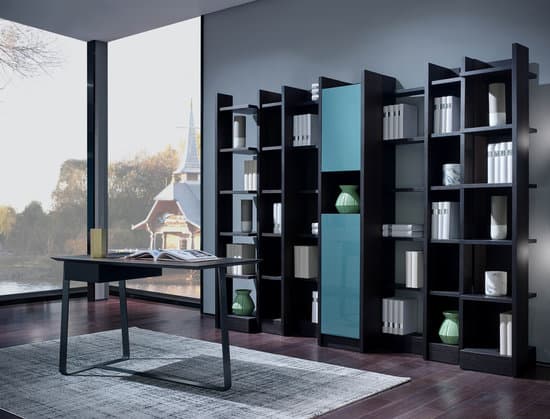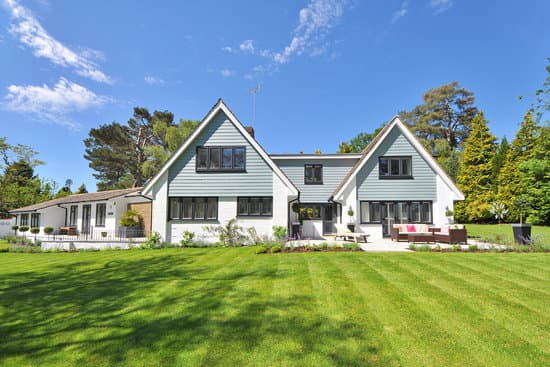What Does Rustic Country Look Like? Exploring the Origins and Elements of This Design Style
The rustic country style has evolved over time to become a popular design choice for those who crave a connection to nature and a simpler way of life. Its earthy tones, natural materials, and rough textures create a cozy and welcoming atmosphere that embodies the feeling of home. In this article, we will explore the origins and elements of rustic country style and how to incorporate it into your indoor and outdoor living spaces.Origins of Rustic Country Style
Rustic country style originated in rural areas, where homes were often made of natural materials such as wood, stone, and mud. The style was born out of necessity rather than fashion, as people used whatever materials were readily available to them. As people began moving away from the countryside into the city, the rustic country style became a way of reconnecting with their roots and the natural world.Elements of Rustic Country Style
The rustic country style is characterized by the use of weathered and faded materials, earthy tones, and rough textures. Some of the key elements of rustic country style include:- Wood: Natural wood, often left unfinished or painted in a weathered finish
- Metal: Faded and rusty metal accents add a vintage touch to the design
- Stone: Used for a rustic and sturdy look, often in the form of fireplace surrounds or accent walls
- Textiles: Natural fabrics such as linen, cotton, and burlap often used for curtains, upholstery, and throw pillows
- Antiques and Vintage Pieces: Repurposed or upcycled pieces add character and history to the design
Colors in Rustic Country Style
The color palette of rustic country style is warm and earthy, including shades of brown, beige, green, and red. These colors evoke the feeling of nature and create a sense of grounding and comfort. Bold and bright colors are generally avoided, but pops of color can be added through accessories such as throw pillows or wall art.Rustic Country Style for Indoor Living Spaces
When designing a rustic country living room or bedroom, focus on creating a welcoming and cozy atmosphere. Some key design elements to consider include:- A fireplace or wood stove as a focal point
- Exposed wooden beams or brick walls
- Natural wood or stone flooring
- Comfortable seating with upholstered furniture in natural materials
- Rustic accents such as antlers, vintage signs, or repurposed materials
Outdoor Rustic Country Living Spaces
Outdoor living spaces are a natural extension of the rustic country style, as they allow you to connect with nature. When designing a rustic country outdoor living space, consider incorporating the following elements:- Natural stone or wood accents, such as a stone fireplace or wooden pergola
- A garden or landscape design that utilizes natural materials such as stone pathways, water features, or wooden planters
- Furniture made from natural materials such as wicker, wood, or rattan
- Lighting that enhances the natural ambiance, such as string lights or lanterns
Furniture and Accessories for Rustic Country Style
When selecting furniture and accessories for a rustic country style, consider the use of natural materials and vintage pieces. Some key furniture elements to consider include:- Rustic wooden chairs and tables
- Upholstered furniture in natural fabrics such as cotton or linen
- Wicker or rattan furniture for a natural look
- Antique or vintage pieces that add character to the design
- Throw pillows and blankets in natural fabrics such as burlap or wool
- Candles or lanterns for added warmth and ambiance
- Wall art or vintage signs that add character and charm
- Plants and greenery for a natural touch
How to Incorporate Rustic Country Style Into Your Home and Garden
Incorporating rustic country style into your home and garden is easy when you focus on natural materials and vintage pieces. Here are some tips:- Use natural materials like wood, stone, and metal to create a connection with nature
- Choose warm, earthy colors for a cozy and inviting atmosphere
- Look for antique or vintage pieces that have character and add history to your design
- Use textiles in natural fabrics such as linen, cotton, or burlap for added comfort and warmth
- Incorporate greenery and plants for a natural touch





